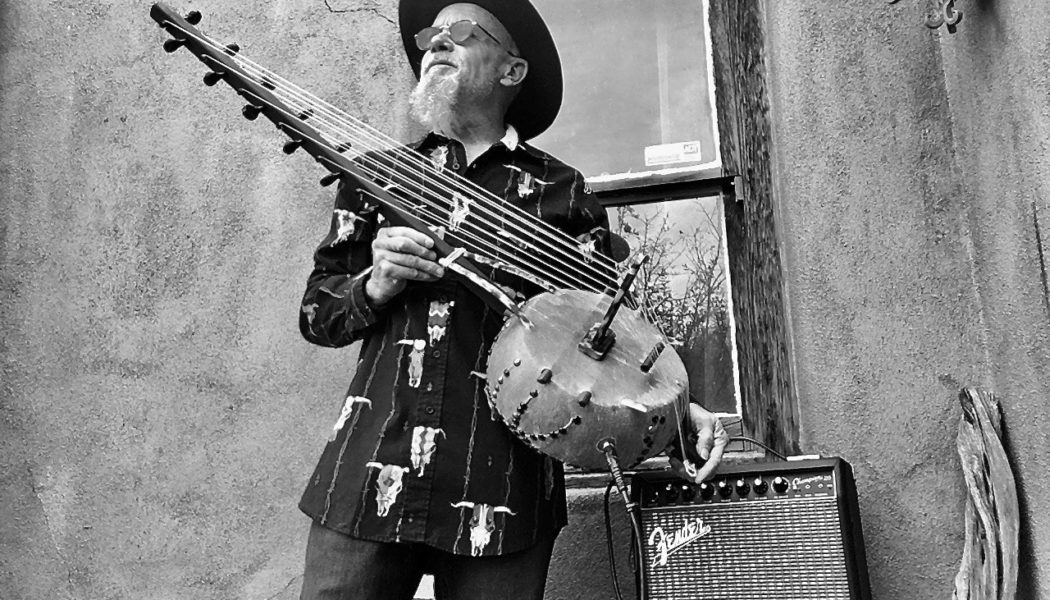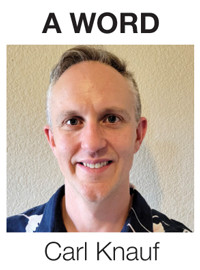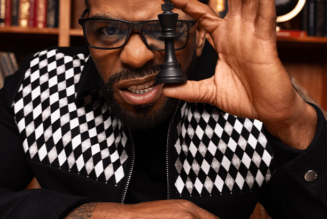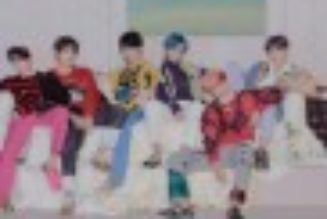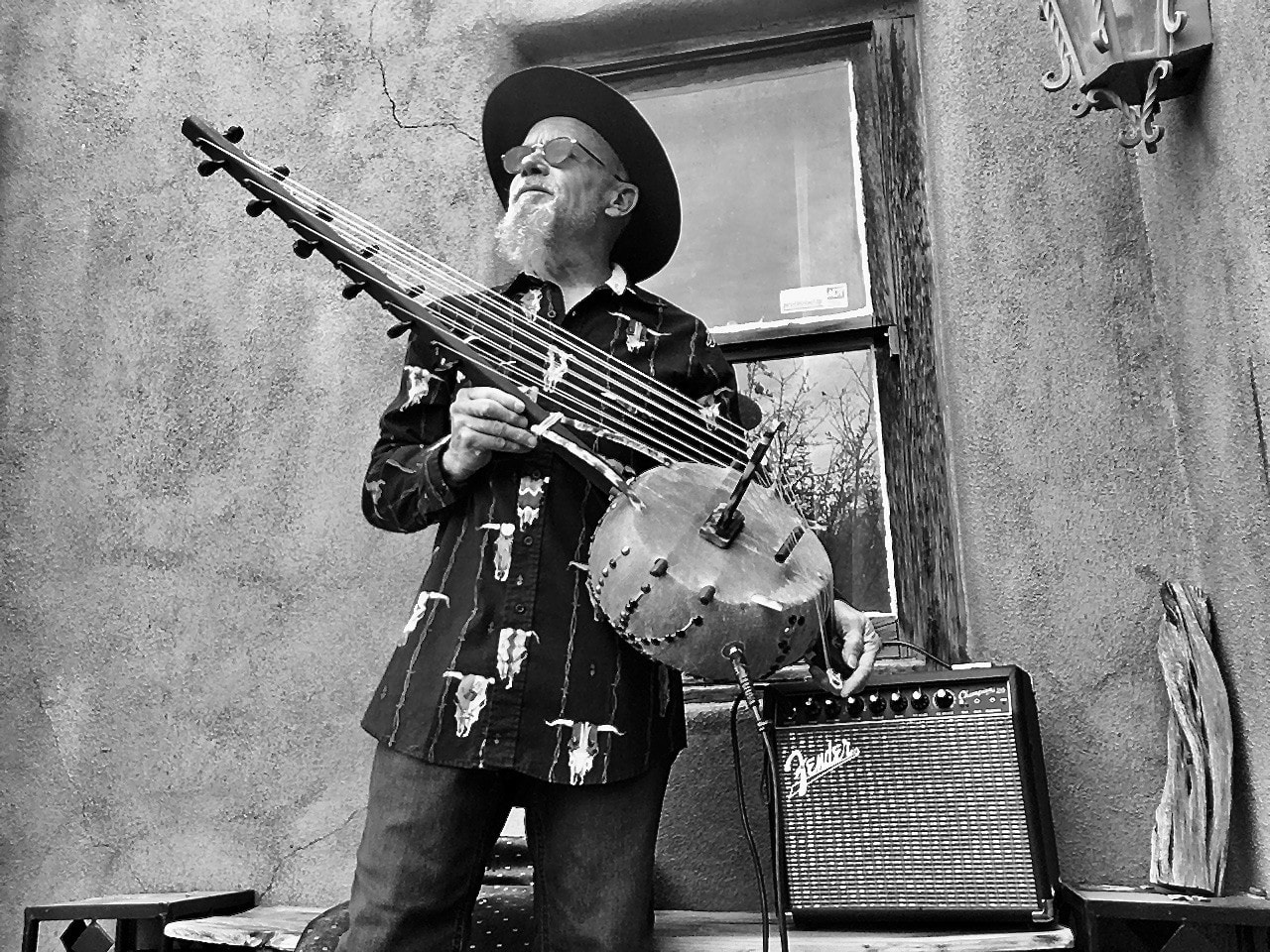
It creates a rhythm, and once sustained, it can last as long as memory permits – even as long as a lifetime in reference to anatomy. When it comes to music, the flow of energy that derives from a melodic beat can transform an individual’s life.
Greg Trimble was drawn to the vitality of Congolese music and soon after relayed his passion to crafting traditional African instruments.
Circa 1985: The plane touched down on the tarmac in the People’s Republic of Congo. Trimble gathered his luggage with the other passengers, but as the line to the customs shack began to expand, distancing the eager movers from the stragglers behind, he was alone in the middle, vulnerable for spiritual guidance.
He stood to explain the moment, his arms curling the air toward his torso. “I’m walking along … ridiculously, stupid, innocent, open, and all of sudden, in front of me, there’s this energy,” he explained.
Trimble’s sincere connection to his surroundings has allowed him to live to the beat of his own drum – figuratively and literally – and has encapsulated each significant moment of his journey in his memories.
Drawn to the beat
Trimble was born in Canada but spent part of his youth in Oklahoma where he experienced his first intense connection to nature. Escaping from the heat under the protection of a natural thick canopy, he found a new truth just steps away from everyday life.
“I could step through this threshold into this shaded … magical reality just like walking through the wardrobe into this other world,” Trimble reminisced.
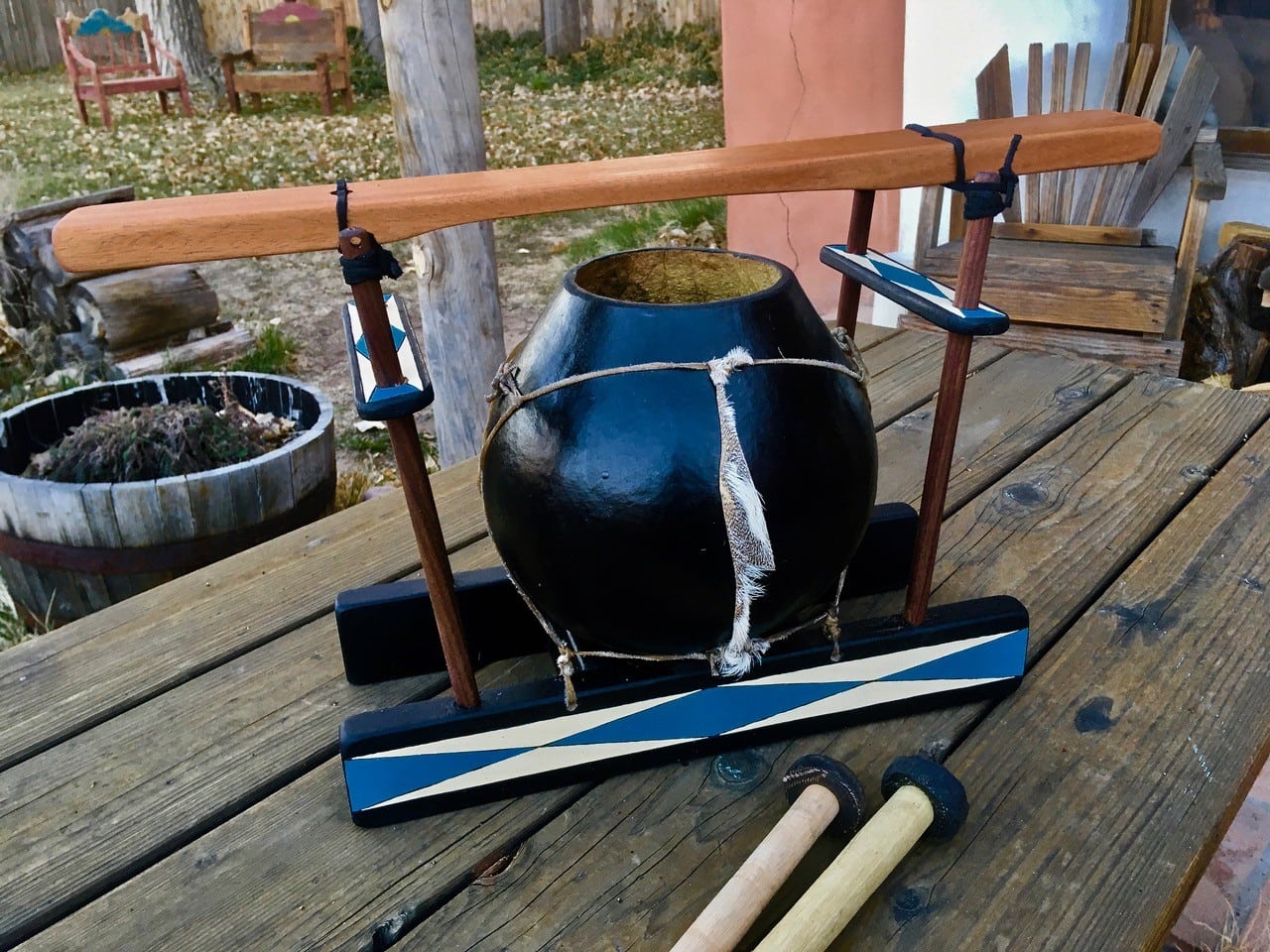
Through the trees and along the bank of the creek, Trimble would walk among frogs and tortoises, embracing his findings.
“It gave me an orientation at that young age that I’ve valued ever since,” he said. “Like an introduction … to life on Earth.”
Trimble’s family returned to Canada, and he eventually became a reforestation tree planter on uninhabited islands off the coast of British Columbia. He said his crew would stay for up to a month in these uninhabited areas completing the tough, methodical task of lining new conifers. In his 12 years working in ecology, he said he planted around 1.5 million baby trees.
Perhaps the flow of planting trees was an indicator of Trimble’s link to rhythm, and when the opportunity to acquire some conga drums arose, it was almost meant to be. After getting the beautiful instruments, his passion soon formed and strengthened.
“I was just starting to feel this pull towards conga drumming, hand drums, those rhythms that originated in Africa,” he said. “I had no idea how to play them … I just knew I was doing the right thing.”
During the restoration off-season, he crossed the border into America and drove down the coast. A simple note at a random coffee shop then changed his path. Congolese artists were hosting a drum workshop in the exotic hills of northern California and Trimble immediately saved a spot.
“I had this big emptiness inside me that was hungry for nurturement of the soul, and it was a cultural reality that I just recognized in my own individual self,” Trimble said. “I knew that I was looking to fill that gap.”
Crafting his calling
After years attending the Congolese workshop, Trimble jumped on another opportunity to study under the tutelage of acclaimed Congolese musician Titos Sompa. In 1985, Trimble and a small group of others accompanied Sompa to the musician’s homeland, then the People’s Republic of Congo, for a five-week excursion. Trimble said Sompa “became the most influential mentor in my personal life.”
In the process, he felt an energy that helped fill the aforementioned gap.
“The demeanor and the psychic atmosphere from when you’re in Africa is … everywhere you go,” he said. “I saw some really profound things there.”
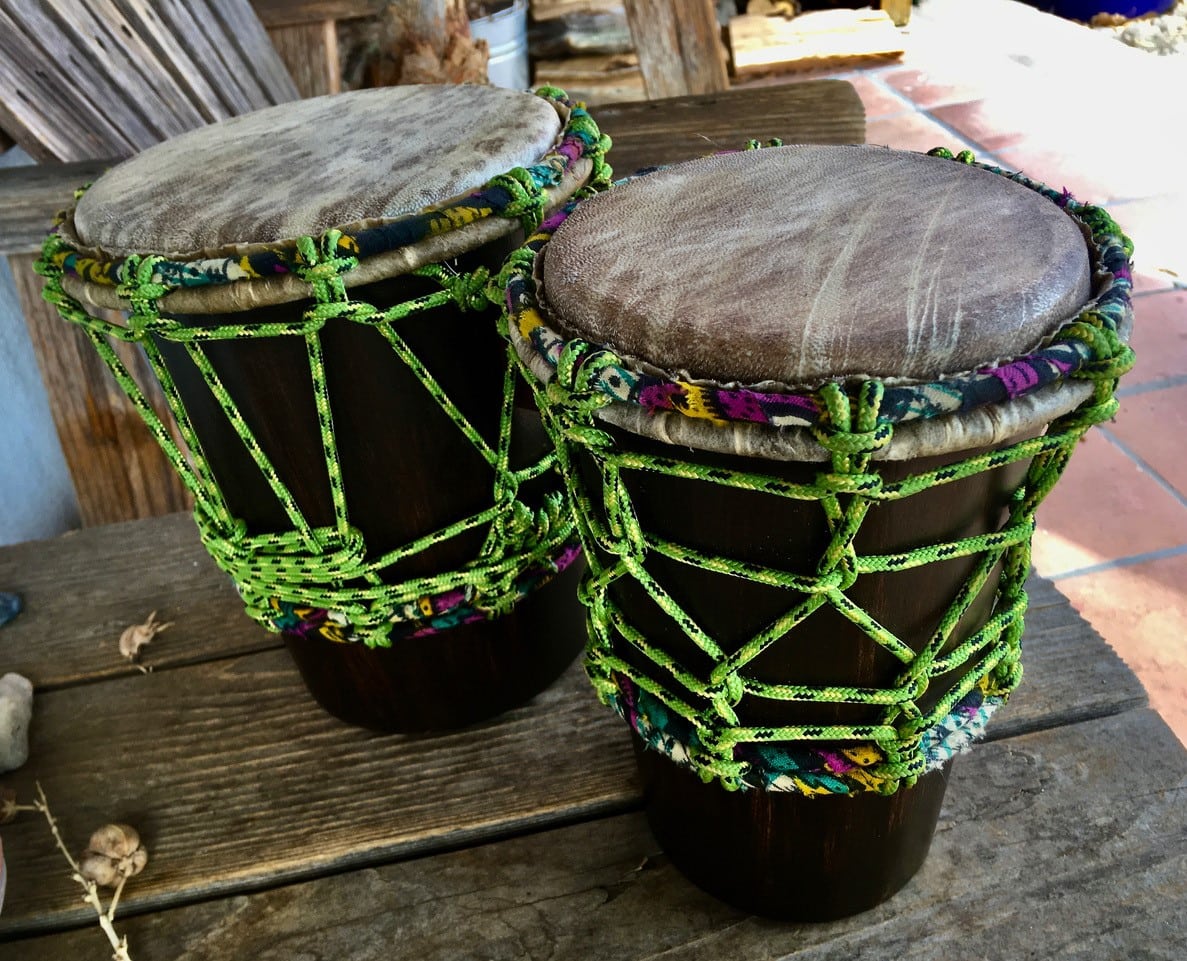
Trimble considers himself fortunate for completing the adventure unlike others in the group, viewing the experience as positive. He and an entourage would travel to villages on the distant outskirts of Brazzaville, embracing the culture and learning all the elements of Congolese music and art.
Trimble explained, “We would gather around a fire and then they just started playing the Congolese music, this amazing polar rhythmic hand drumming, deep soulful, pulsing powerful stuff.”
When he returned from his trip to Africa, he received a “spiritual, revelatory-level quality of message” that would change the trajectory of his life.
“It said it’s really important that you manifest into the world all these various instruments from traditional sub-Saharan African culture,” he said. “I understood that was my life path, how I was going to be useful. In this world, to have something creatively productive to do, which all humans need, it’s part of our nature.”
Trimble didn’t learn how to make instruments while in the Congo, but learned how to deduce the process through exuding experience, experiment and research. He acquired gourds of various sizes and shapes, cuts of quality wood and goat skins, all which he considers sacred resources.
Through his New Mexico shop, Crossroads Musical Instruments, Trimble crafts and offers a variety of traditionally-inspired African instruments, both electric and acoustic. He makes kalimbas, koras, drums and lamellophones, his personal favorite.
The instruments range in size from large to hand-held and some feature hand-painted designs. All, however, precisely capture and resonate the enchanting sounds of traditional African music. Making these instruments is something Trimble will never give up, for it’s his calling.
“I just feel that it’s right … I have so much passion for it,” Trimble said. “As the years have gone by, that drive, that impulse, is not diminished whatsoever.”
Connecting communities
During one of his community’s gatherings on Goat Rock Beach in Sonoma County, California, Trimble met a young man named Chris Berry, who would later also apprentice with Sompa and eventually become a Grammy award-winning musician.
Berry moved to New Mexico and Trimble would visit during Berry and his wife’s annual music workshops in the Land of Enchantment, forming his own connections, which included Eric and Elise Gent, owners of Railyard Performance Center in Santa Fe. Trimble especially formed a great friendship with their son, Hountor.
Hountor Gent, who runs the live music for classes at Railyard, has known Trimble for over 25 years, and he said he “was really drawn to Greg’s instruments.”
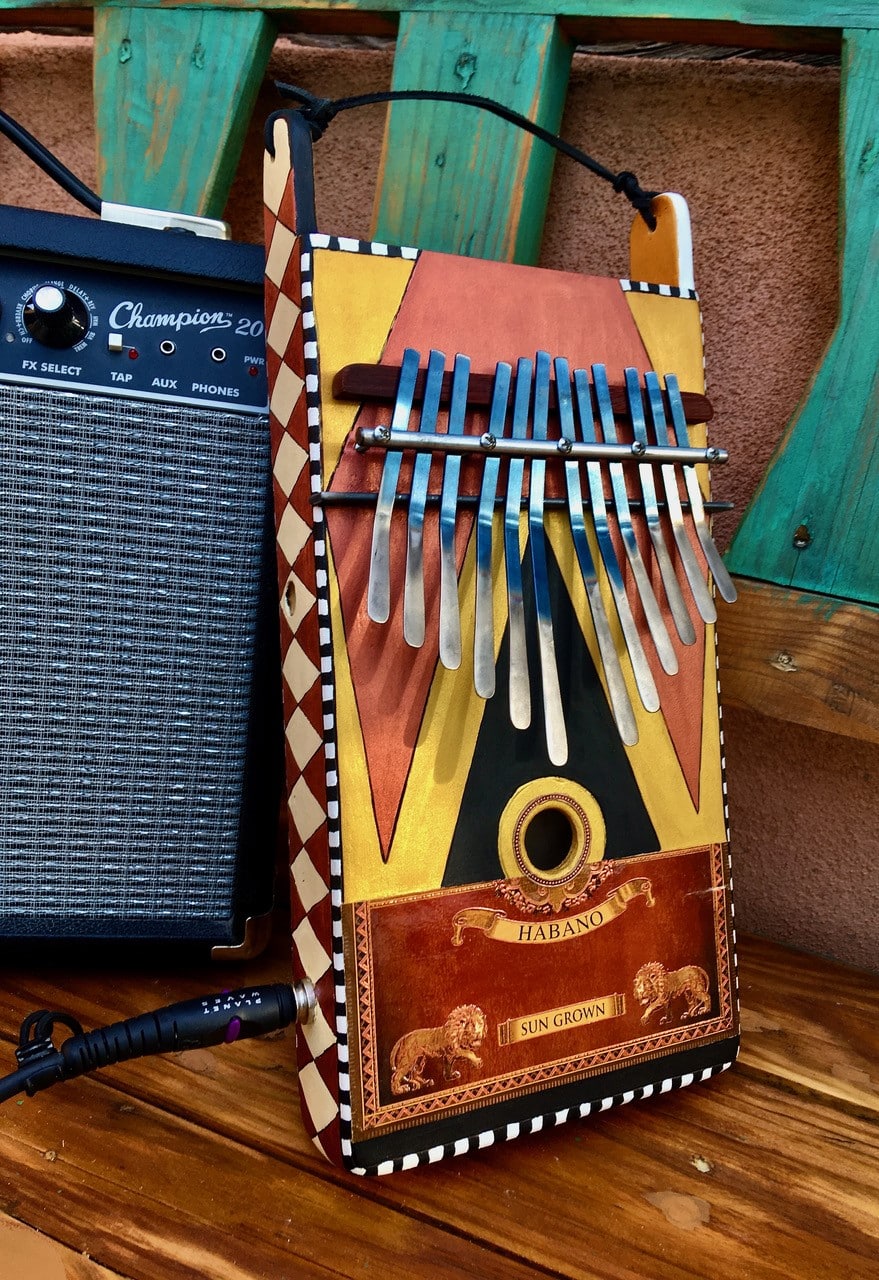
“Not only the sound of them, but the incredibly beautiful artwork that he does and the attention to detail,” he said. “I’ve got four of his instruments hanging in my kitchen and more in my studio.”
Hountor Gent would visit Trimble back in California until Trimble permanently moved to New Mexico in 2017. They would both help promote the energy and significance of African music.
“It’s about community,” Hountor Gent said. “It’s about bringing people together in celebration and in times of need.”
There’s a rhythm that draws a person into African music, putting them in motion, connecting them to the culture and synchronizing their soul with the beat of the earth. Trimble explained that it nurtures the human spirit.
“Greg has a very unique style from his background studying in the Congo. … His instruments and his playing really reflects those experiences he’s had,” Hountor Gent said.
“Greg’s possibly the most passionate person you’ll ever meet in your life,” he added. “His passion is in everything he does, the art that he makes, the relationships that he has, the opinions that he has, everything. His passion is boundless and unapologetic.”
The beat goes on
Trimble undoubtedly has a passionate connection to the natural world, but believes we’re all linked to a “sacred reality.”
“I think it’s inside every single human being; it’s part of the gift of this human life, and that’s the core essence of who you are, which people call the soul,” he said. “I think that the highest human creative endeavor is music because of how profound it is in its … nurturement of the human souls.”
A pulse is intrinsic, and though overlooked because of that naturality, much like our inherent ability to blink, it’s within all of us. It gives us the chance to move to the beat of our own drum, if we’re willing to tap our finger on it and follow the music.
